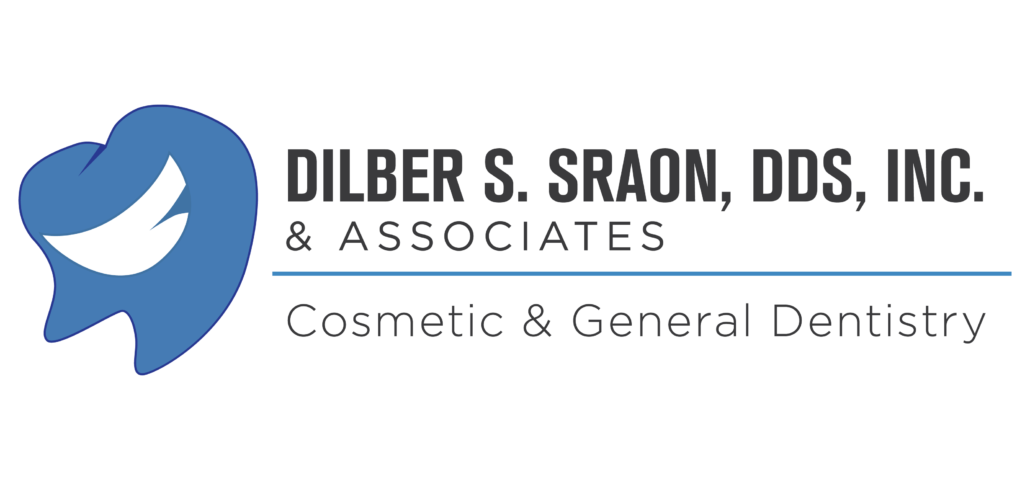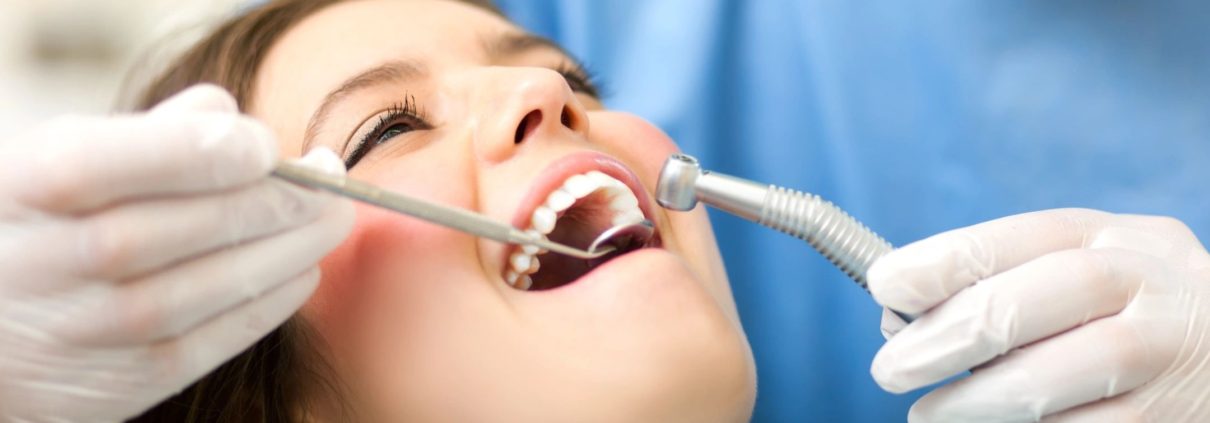Sometimes the nerve of a tooth becomes infected, and in order to save the tooth, the nerve must be pulled out. While this procedure sounds horrifying, it actually saves the tooth from needing to be removed. Keeping the tooth also prevents other teeth from drifting out and causing jaw problems. The good news is the treatment is easier to endure than ever before due to today’s advanced root canal technology.
In receiving a root canal, you will be in the careful hands of our experienced dentist. We will walk you through each and every step of the process, keep you informed along the way, and ensure you are comfortable throughout the procedure.
Dr. Dilber Sraon’s dental office in South San Jose specializes in state-of-the-art root canal treatment designed to save your teeth from being removed. In short, a root canal is a dental procedure to rescue a tooth which has become badly infected or decayed. It is often the last procedure taken when all other measures are ineffective. According to the American Association of Endodontists (AAE), root canal treatment has a 95% success rate.
What is a Root Canal?
The actual term “root canal” refers to the cavity inside your tooth. The so-called pulp or pulp chamber is the softer area inside the canal, and that’s where the tooth’s nerve is. Root canal treatment involves the removal of the infected/decayed nerve and pulp inside your tooth which is then cleaned and sealed to prevent further infection. If left untreated, the surrounding tooth tissue can become infected and cause painful abscesses in your mouth.
How a Nerve in Your Tooth Gets Damaged – Early Symptoms of Infection
It’s fairly simple – your tooth and the nerve inside can get infected like any other part of your body. Generally, it’s caused by a crack in the tooth, a deep-rooted decay in your mouth, repeated dental procedures, or trauma to the face. Typically, the pain before the procedure is centered around swelling in your cheek, sensitivity and pain when you bite down. If you notice any of these symptoms you should book an appointment at our office in South San Jose.
Do I Need Root Canal Treatment?
According to the AAE, 25 million teeth were saved by root canal treatments in 2018. The longer you leave the treatment the riskier it is for your mouth, especially if you want to retain a healthy smile. If you’re reaching the stage where you think you might need to come in for a root canal, it’s time to book an appointment at Dr. Sraon’s office. There might still be time to save your tooth through other procedures.
Will Root Canal Treatment Hurt?
Before the treatment begins, the affected parts of the mouth are numbed to lessen the pain. In the following days after your treatment you will have a light sensation of pain and sensitivity in your mouth. We offer recommendations for ordinary over-the-counter pain medicine to ease any discomfort you might feel.
Many people put off receiving root canal treatment because they assume that the treatment will be painful. However, leaving the infected nerve in your tooth is what causes the long-lasting pain. If left untreated, it can cause abscesses and greater infection, which, in turn, will have to be removed as well. Book yourself an appointment to check for the early signs and keep your smile fresh.
The Root Canal Procedure
- The first step is to diagnose the issue through X-ray imaging to determine whether the infection has spread to other parts of your jaw. Then begins the operation.
- We first administer an anesthetic to numb the treatment area. Sometimes the area doesn’t actually need anesthetizing because it is already dead, but we apply anesthetics for peace of mind.
- We isolate the treatment area by placing a rubber dam over the tooth.
- We drill a small hole in the wall of the tooth.
- Using root canal files, we extract the pulp and nerve.
- The canals are then thoroughly cleaned, sterilized with a solution, and finally sealed off. This completes the first visit.
- During the next visit, the empty root canal is filled with a rubber compound called gutta percha.
- In order to protect the enamel, we add an onlay or inlay to the tooth and finally a dental crown.
If you are looking for a professional and quality service while ensuring your comfort, please contact us at 408.227.1404 or email us to book a consultation with Dr. Sraon.

